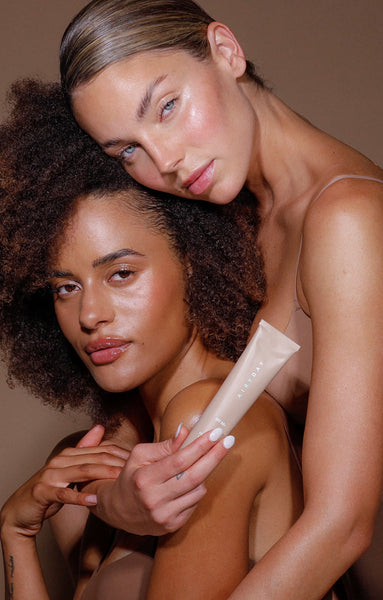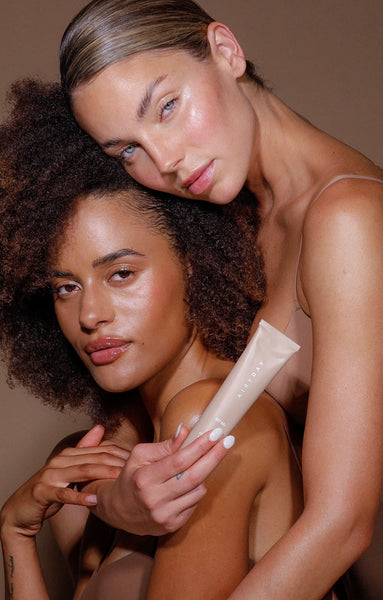
SUNSCREEN WATER RESISTANCE VS REAPPLICATION - SAME SAME?
There's often confusion surrounding what water resistence actually means and whether it is the advised frequency that you should be re-applying your sunscreen throughout the day.
To help, we've compiled a quick Q&A:
Is the water resistance claim, the standard frequency I need to re-apply my sunscreen?
If you are not swimming, or exercising – the water resistance claim does not mean the frequency you need to re-apply your sunscreen.
How often should I re-apply my sunscreen?
When you are not swimming or exercising, all sunscreens should be reapplied at least every two hours, irrespective of the water resistance claim of the sunscreen.
Swimming, sport, sweating and towel drying can reduce the effectiveness of the product, so sunscreen should always be reapplied after these activities.
What does water resistance mean & where does it come in?
Water resistance is the time that your sunscreen does not come off the skin during swimming or sweating during exercise, provided the correct amount has been applied and it is not wiped off.
If I am swimming or exercising, when should I re-apply my sunscreen?
Examples,
-
If your sunscreen has no water resistance claim, then it is not recommended to be used during swimming or exercising.
-
If your sunscreen is 40 minutes water resistant, and you are swimming or exercising, then you should re-apply after 40mins.
-
If your sunscreen is 2hrs water resistant, and you are swimming or exercising, then you should re-apply after 2hrs mins.
-
But, if your sunscreen is 4hrs water resistant, it is advised to re-apply after 2hours to maintain the same level of efficacy
Does a lower water resistance claim, mean that my sunscreen protects me less?
Definitely not.
SPF (Sun Protection Factor) is the core measure on how well a sunscreen protects your skin from sunburn. Reaching for a higher SPF factor is what you should prioritise to provide you with more protection. Having water resistance in your sunscreen is a great bonus.
Thankfully, in Australia, all sunscreens are also required to provide broad-spectrum protection to filter both UVA and UVB rays and are put through vigorous testing to prove their SPF claim.
What is the highest SPF factor recognised in Australia?
SPF 50+ is the maximum SPF rating recognised in Australia. To achieve this and be recognised as an approved listed sunscreen, a sunscreen must comply and meet the strict testing protocols set by the TGA. The testing results state that you must show at least at least SPF60 during testing, to claim an SPF 50+
So what does this mean for you when you’re using one of our Airyday Skinscreens?
They are all
-
40minutes water resistance.
Water resistance was a bonus we wanted to have as we know life happens. Traditionally, the higher the water resistance, the stickier the product, so we worked to create textures people loved to wear daily.
In Summary
-
For the highest protection, look for a SPF50+ formula, which is also TGA approved.
-
Apply every 2 hours when in the sun for optimal protection
-
If there is a separate water resistance claim, then you can use it during swimming/exercising, but ensure to reapply it as per the time claim or immediately if you’ve wiped it off.
And never forget, the best sunscreen is the one you choose to use daily – as sun damage is cumulative!











